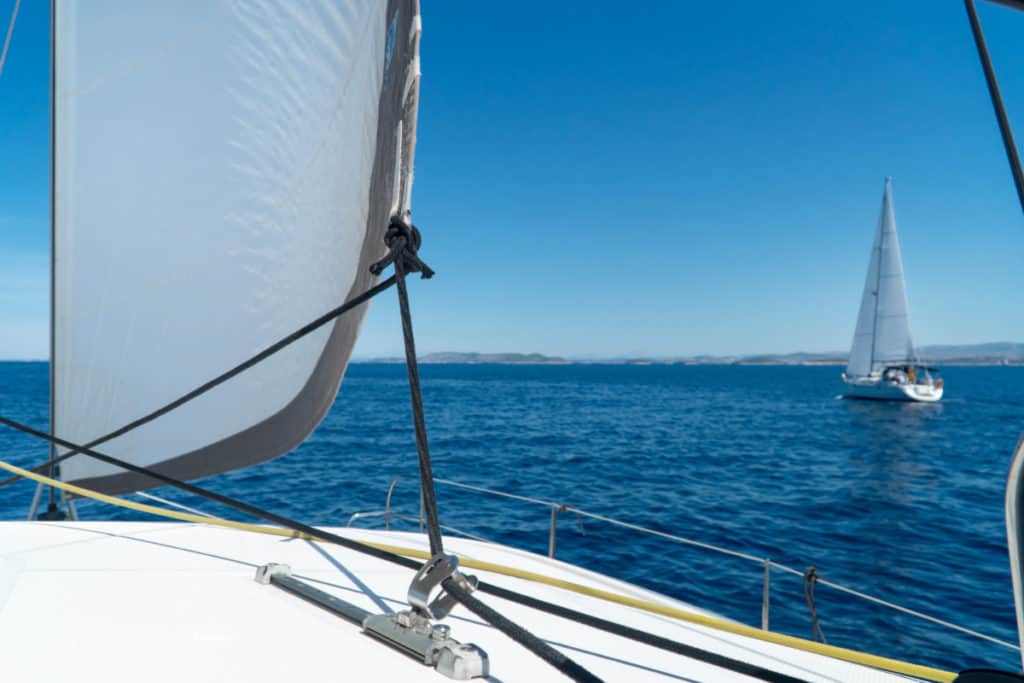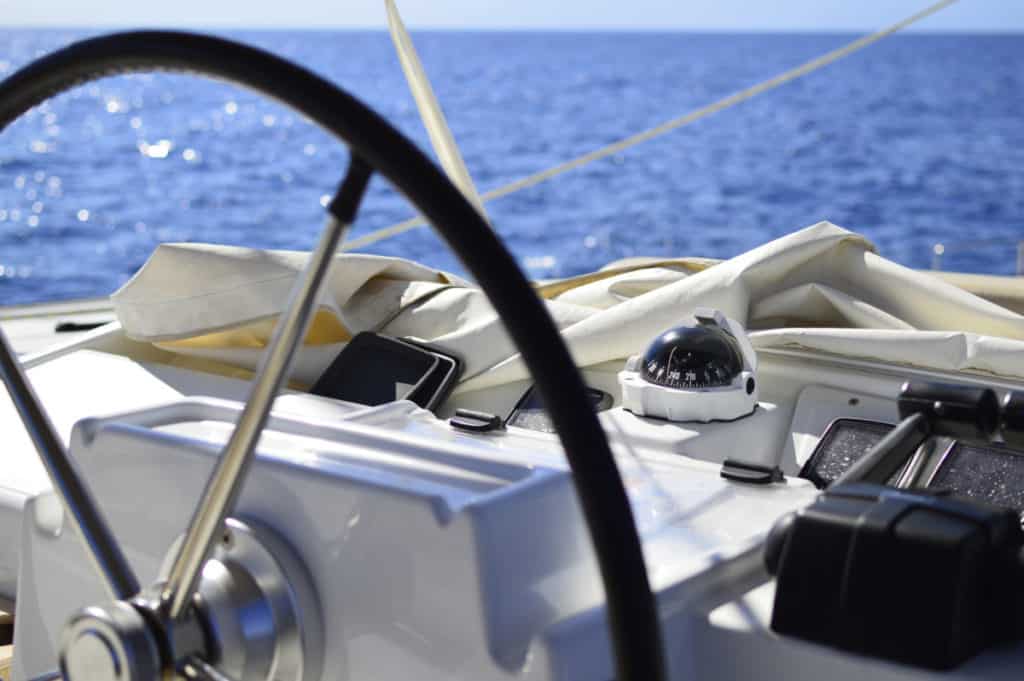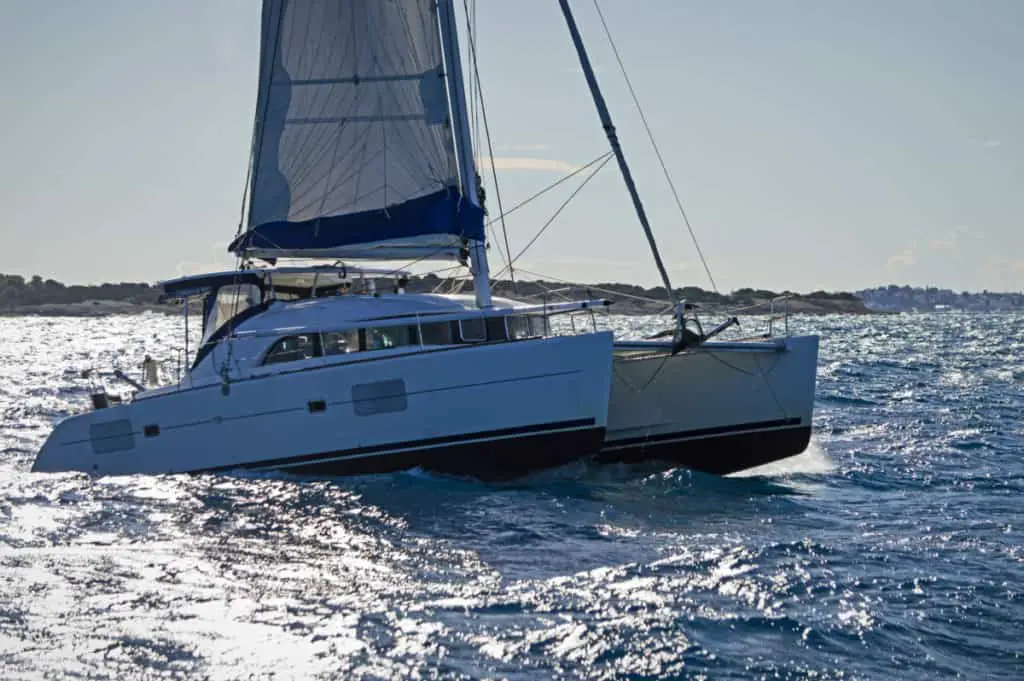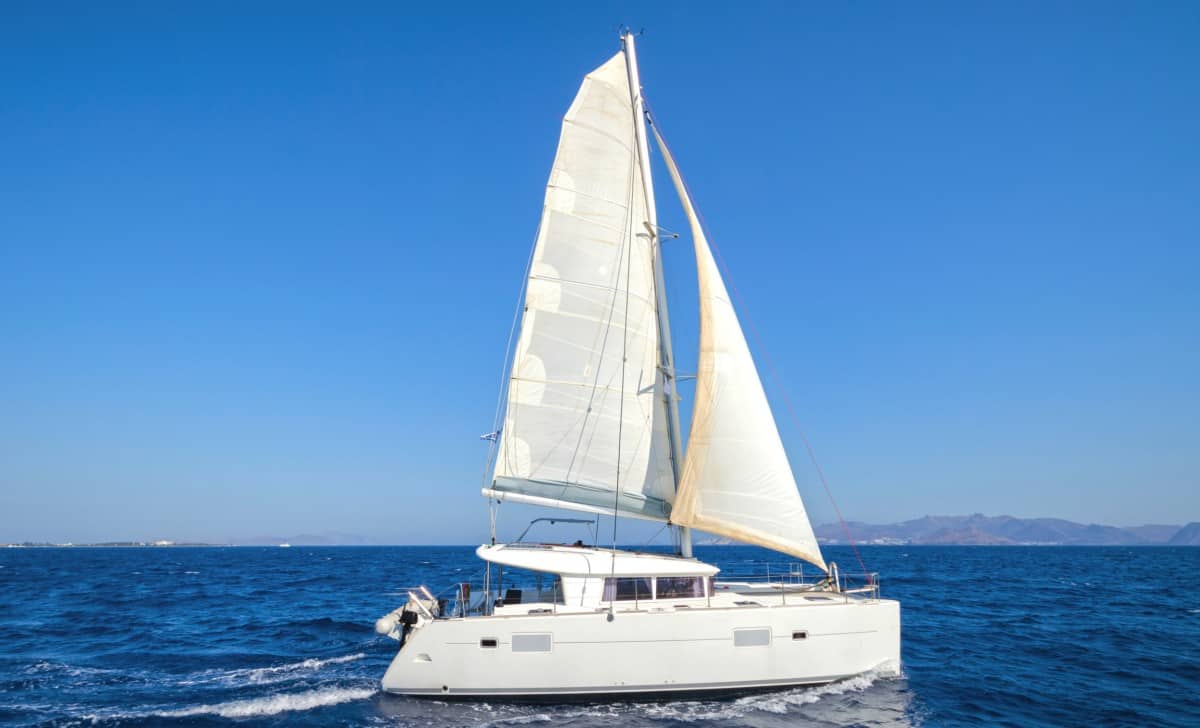As an Amazon Associate, we earn from qualifying purchases. We may also earn commissions if you purchase products from other retailers after clicking on a link from our site.
It’s a sailor’s dream to cruise around the world and experience the open sea. However, sailing the globe isn’t a candid adventure you embark on at a whim. Such a voyage requires significant preparation and research to ensure you have the necessary information and tools to see you through it safely.
It is difficult to sail around the world due to potential risks and difficulties such as navigation issues, complex wind patterns, dangerous weather, lack of fresh water, extreme waves, and the enormous costs involved.
In this article, I’ve provided eight common challenges you will face when sailing around the world, along with what you will require for such a journey.
Difficulties of Sailing Around the World
Below I have listed the most significant challenges of what is perhaps one of the most arduous yet rewarding experiences.
1. High Expenses
From a financial standpoint, it’s very expensive to go around the world on a boat or a cat.
B.O.A.T: Bring Out Another Thousand
The total costs depend on the route you take, your boat, and your lifestyle. The initial cost of buying a decent sized boat will be around $20,000 to $300,000. This doesn’t include the other costs of owning the boat, like insurance, repairs, and maintenance, which can be as much as $15,000 (1-3% of boat value yearly).
More on boat insurance here!
On average, you will need about $1,500 to $2,000 per person every month. However, you can manage with $1,000 if you’re on a tighter budget.
Here’s a rough estimate of an average adult’s monthly expenses on a boat.
| Necessities | Total Cost ($) | Percentage |
|---|---|---|
| Food & Drinks | $405 | 27% |
| Boat Maintenance & Servicing | $270 | 18% |
| Insurance | 240 | 16% |
| Cruising Fees (Visas, Mooring, Documentation) | 225 | 15% |
| Excursions | 135 | 9% |
| Fuel | 90 | 6% |
| Satellite Communication & Network | 75 | 5% |
| Miscellaneous | 60 | 4% |
| Total | $1,500 | 100% |
Of course, this is a rough estimate, and expenses will vary based on personal spending habits.
2. Boat Issues

Your boat is bound to experience various issues due to wear and tear, mechanical failures, or even collisions with objects during the voyage. Some of these problems include:
- Broken rigging, – Both running and standing rigging will eventually break due to wear and excessive stress.
- Leaks – Boats experience leaks regularly and depending on where the leaks are it can ruin electronics or fill the boat with water.
- Engine failures – These are common due to corrosion, contaminated fuel, and regular contact with saline water.
- Boat fires – Fires are often caused while cooking, by a leaky gas pipe or a cigarette that hasn’t been put out, this is the most dangerous hazard, a ship fire needs to be addressed instantly.
- Loosening screws – Screws loosen all the time, and sometimes it doesn’t matter, but sometimes you lose your steering like I did approaching Bimini Bahamas.
Most of these are recurring issues and you’ll have to deal with them repeatedly during the voyage.
3. Navigation Difficulties

It can be challenging to determine the exact location and distance using longitudes and latitudes. You’ll need a special set of skills to read and interpret charts and sailing directions.
Of course, you will mainly rely on your GPS and Chartplotter, but it is good seamanship to always have a paper backup and to keep it up to date.
It’s not very difficult to learn but can be a vital difference if you run out of power onboard your ship.
4. Extreme Tides
Strong tides are caused by the moon’s gravitational pull on the earth, making the sea potentially hazardous for sailors. The tides also determine how the boat needs to be sailed and when you should consider anchoring it.
Improper understanding of the tide can lead to your boat getting stranded or washed out if it’s not properly anchored.
I once woke up to my boat leaning way over to its side, it was clear to me that I had misunderstood the tides and we were now standing on the sand bottom.
5. Scarcity of Fresh Water
Fresh water is a scarcity at sea, and saline water is not fit for consumption. As such, it’s imperative to carry plenty of fresh water when sailing around the world. You’ll also need to stop at certain ports and replenish your stock of fresh water when you can.
Most people carry a water maker so they can turn salt water into fresh water on board, this means less weight to carry around, but puts them into a bad position if the water maker breaks and cant be fixed.
6. Hurricane Seasons
Hurricanes are some of the most impactful anomalies of nature, creating heavy rainfall, flooding, thunderstorms, strong tides, and powerful winds.
There are seven hurricane formation basins where these cyclones occur regularly. About 69% of these hurricanes occur in the Northern Hemisphere while 31% happen in the Southern Hemisphere.
Here’s a list of some of the most infamous Hurricane basins:
| Hurricane/Cyclone/Typhoon Basin | Location | Frequency (Hurricanes per year) | Season |
| Atlantic Basin | North Atlantic, gulf of Mexico, Caribbean Sea | 6.4 | Early June to Late November |
| Northeast Pacific Basin | Mexico to the Dateline | 8.9 | Late May to Early November |
| Northwest Pacific Basin | From the Dateline to Asia and South China Sea | 16.5 | Most frequent from July to November |
| North Indian Basin | Bay of Bengal and Arabian Sea | 1.5 | April to December |
| South West Indian Basin | Africa to about 100E | 5.0 | Late October to May, Peak in Mid February and January |
| South East Indian Basin | 100E to 142E | 3.6 | Late October to May, Peak in Late February |
| Australian Basin/South West Pacific Basin | 142E to 120W | 5.2 | Late October to Early May |
As you can see, hurricanes occur over a significant area you may be sailing through. As such, even with the right preparation this natural barrier can be challenging to overcome.
7. Rounding Cape Horn
Cape Horn, Southern Chile, marks the point where the Atlantic and Pacific Oceans meet. Due to the fierce waves and extremely low pressure, it’s quite treacherous to navigate this zone.
The winds in this area are very unpredictable, since strong winds and currents collide here it creates massive waves. While skill and timing are crucial, luck also plays a significant role in your success at sailing through Cape Horn. If you’re lucky, the winds and tides may be calm just as you pass through.
Why is Cape Horn so dangerous?
8. Stormy Weather

Storms are a sailor’s biggest fear, and often affect many aspects that impact your sailing experience. Intense rainfall, booming thunder, high-speed gusts, and a rolling ocean swell are typical in certain areas of the sea.
Tropical oceans spawn regular storms throughout the year. However, they’re not as dreadful as hurricanes and often have lower wind speeds, below 74mph.
While they aren’t as scary as hurricanes, storms can still break riggind and sails and make the rest of the journey difficult if not impossible.
These random storms occur most frequently from June to November in the northern hemisphere and are highest in September. The tropical cyclone season starts from November and goes on till April in the southern hemisphere. However, these storms aren’t as common in the south.
Conclusion
Sailing around the world is a treacherous journey, certainly not for the ill-prepared or faint of heart.
However, if you still wish to embark on such an arduous journey, it’s imperative to prepare as thoroughly as possible before setting out. Take stock of all the supplies you’ll need and learn as much as possible about navigation and the seas.
It’s best to take your time with such a journey and choose the right moment to cross certain oceans. This way you can avoid the worst storms and arrive at your next destination in good shape.

